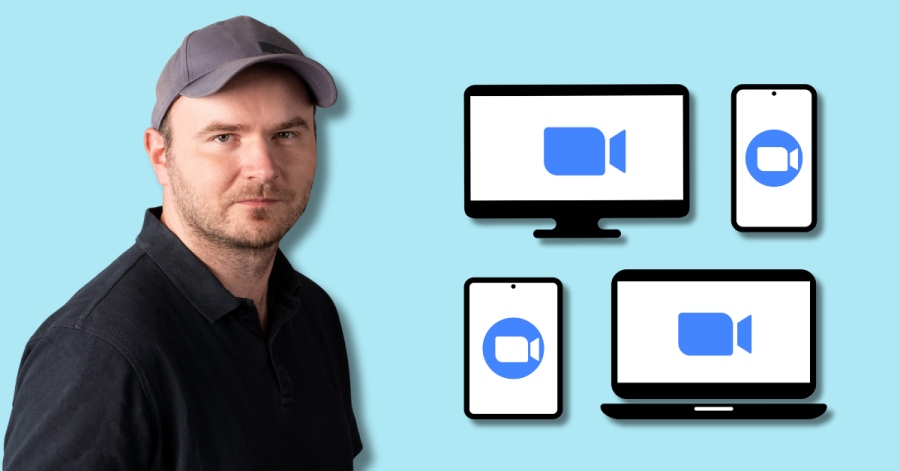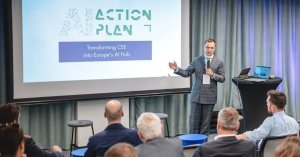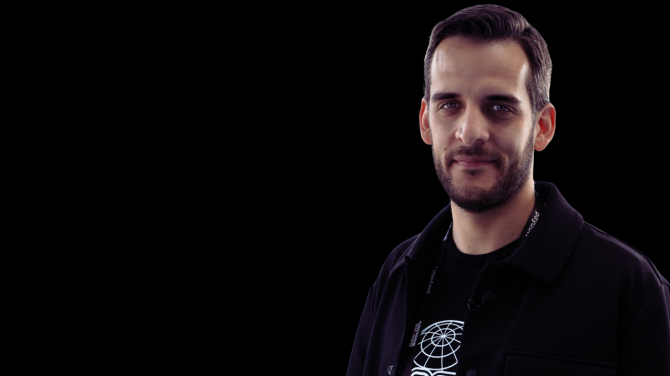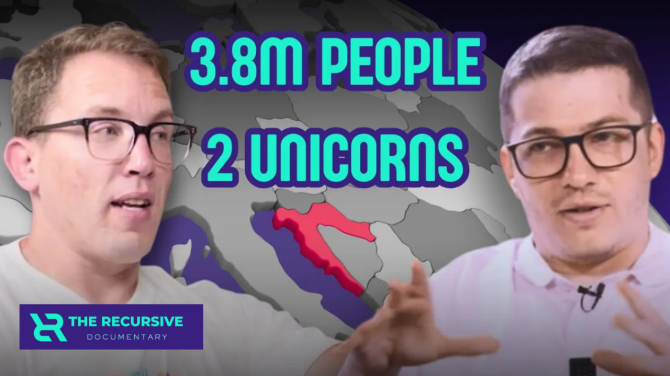Landing a major client certainly requires a bit of luck. But in our case – when a big-tech customer came knocking on our door – my company had done the homework, made the right investments, and was ready to go from the first call.
I co-founded TestDevLab back in 2011 to offer companies the software quality assurance services they were lacking in-house. When COVID-19 hit, we saw a surge in remote work and virtual communication. That created an unprecedented demand for video conferencing tools, but there was a problem: there was a significant gap in the quality testing of these video and audio technologies.
Rather than just observing, we invested in our R&D to develop specialized testing methods and protocols. Then, we decided to share our expertise with the industry through technical articles on our blog.
The result? Zoom found us and reached out, becoming one of our big-tech clients. Here are the lessons we learned along the way.
Lesson 1: Content marketing is a long-term investment
Our relationship with Zoom began when they discovered our technical article about battery and performance testing. Coincidence? Not really. It was the result of our consistent content marketing strategy.
While content marketing requires patience, it has become one of our most reliable lead generators and has proven to be worth the long-term investment. We receive 30+ qualified inbound leads monthly, with roughly 25-30% coming directly from our blog posts and articles.
What makes our content marketing effective is our dual-team approach to content creation: our engineers write the technical substance, and then our marketing team transforms it into engaging and visually appealing content. We publish between 10-20 articles monthly, carefully monitoring their performance and engagement.
This strategy has proven successful, and we’ve landed multiple major clients through it. Beyond Zoom, we recently secured a multi-million dollar deal with one of America’s largest phone manufacturers, who discovered us through our technical article about battery consumption testing. And I’m certain there will be more.
Lesson 2: Prepare to demonstrate your expertise immediately
When Zoom first contacted us, we set up a call.
We prepare for each call as much as possible. We research the company we’re about to meet, write down specific recommendations to share during the call, and prepare to explain how we can help them meet those recommendations.
In the case of Zoom – we researched our contact’s role at Zoom through LinkedIn to understand their perspective and be able to speak their language. We also performed quality tests on Zoom’s public applications to demonstrate our familiarity with their products during the first call.
The preparation paid off. Within one month, we had signed the contracts and begun work – a remarkably quick timeline for enterprise deals, which typically take several months to close.
Lesson 3: Upfront investments may be required
Remaining competitive in what we do requires that we must be ready to carry out manual, security, and audio-visual quality testing. We must have our own custom algorithms and be experts in different testing workstreams.
But sometimes, clients require more than that. Sometimes they require specialized facilities – think, high-security laboratories, temperature-controlled testing environments ranging from -20°C to 40°C (-4°F to 104°F), or rooms with simulated GPS signals.
In other words, our testing infrastructure includes dedicated laboratory rooms equipped with specialized network setups, soundproof testing environments, and controlled lighting conditions. These facilities aren’t just basic testing rooms – they’re sophisticated environments designed to ensure consistent, reliable results.
Had we needed to build this infrastructure from scratch for Zoom, it would have required approximately six months of work with a team of 6-8 engineers and an investment of several hundred thousand euros.
Looking forward
The success of our Zoom collaboration led to even more opportunities. After completing the project, Zoom published a technical article crediting our company for the testing work, which significantly boosted our credibility in the industry and generated additional inbound leads from similar companies.
The main takeaway from this experience is this: invest in your capabilities, share your knowledge with the industry, and be (over)prepared for opportunities when they arise. While luck played a role in our case, it was our preparation and expertise that allowed us to capitalize on the opportunity.








